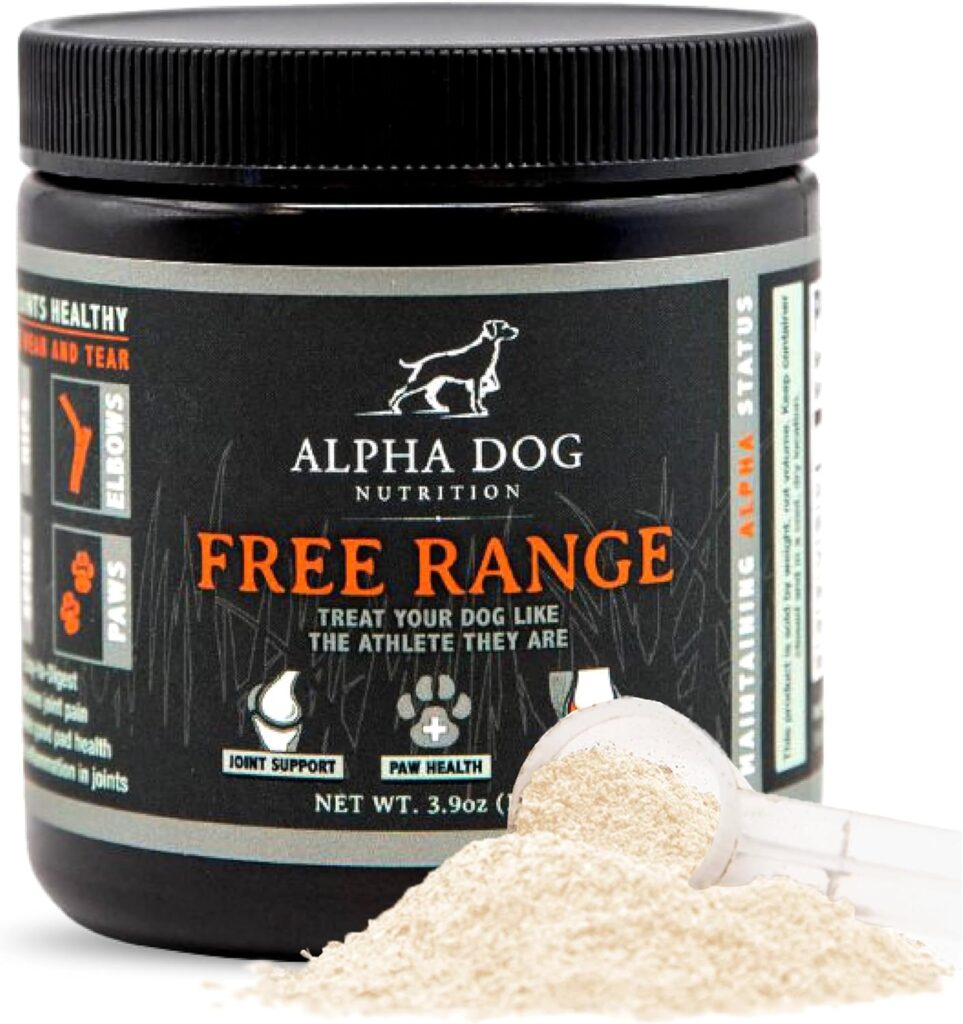Hip dysplasia is a prevalent condition affecting many dogs and can lead to significant pain and mobility issues.
As a responsible pet owner, understanding the signs of hip dysplasia—such as difficulty getting up, reluctance to exercise, and a waddling gait—is crucial for early intervention.
Fortunately, there are effective ways to ease the discomfort associated with this condition.
In this blog, we’ll explore five strategies to help manage your dog’s hip dysplasia and improve their quality of life.
Let’s dive in!
Signs of Hip Dysplasia in Dogs
Hip dysplasia is common in dogs, particularly in larger breeds, where the hip joint doesn’t fit snugly into the hip socket.
This can lead to pain, arthritis, and decreased mobility.
Recognizing the signs of hip dysplasia early can help manage the condition effectively.
Common symptoms include difficulty rising, reluctance to walk or climb stairs, a waddling gait, and decreased activity levels.
5 Ways To Ease Your Dog’s Hip Dysplasia
1. Joint Support Supplements for Dogs
One of the most effective ways to manage hip dysplasia is by incorporating joint support supplements into your dog’s diet.
Look for products that contain glucosamine, chondroitin, and MSM, which can help support cartilage health, and improve joint function.
These supplements can provide your dog with the nutrients they need to maintain mobility and alleviate discomfort associated with hip dysplasia.
My dog’s personal favorite joint support supplement is Alpha Dog’s Free Range Joint Supplement.
This joint supplement is designed to provide optimal support for your dog’s joints, ensuring they can remain active and happy.
Formulated with high-quality ingredients like Glucosamine, Chondroitin, and real beef liver powder, this supplement not only promotes joint health but also enhances your dog’s overall well-being.
Simply follow the directions on the back and you’re good to go!
Always consult your veterinarian before starting any new supplement regimen.
2. Weight Management
Maintaining a healthy weight is crucial for dogs with hip dysplasia.
Excess weight puts additional strain on the joints, exacerbating pain and discomfort.
Ensure your dog is on a balanced diet and monitor their calorie intake to help them maintain an optimal weight.
Regular weigh-ins and consultations with your veterinarian can help you stay on track.
3. Low-Impact Exercise
Regular exercise is essential for dogs with hip dysplasia, but it’s important to choose low-impact activities that won’t aggravate their condition.
Swimming is an excellent option, providing a full-body workout without stressing the joints.
Additionally, gentle walks on soft surfaces can help maintain muscle strength and flexibility.
Aim for shorter, more frequent exercise sessions, and always watch for signs of fatigue or discomfort.
4. Physical Therapy
Physical therapy can be incredibly beneficial for dogs with hip dysplasia.
A certified canine physical therapist can create a tailored exercise plan that focuses on strengthening the muscles around the hip joint, improving flexibility, and reducing pain.
Techniques such as hydrotherapy, massage, and specific exercises can help enhance your dog’s mobility and overall well-being.
5. Comfort and Mobility Aids
Providing your dog with comfort and mobility aids can significantly improve their quality of life.
Consider using orthopedic dog beds that offer better support for their joints, as well as ramps or steps to help them access furniture or vehicles without jumping.
Additionally, dog harnesses with support handles can make it easier for you to assist your dog when they need help getting up or moving around.
Conclusion
Easing the symptoms of hip dysplasia in dogs requires a comprehensive approach that includes joint support supplements, weight management, low-impact exercise, physical therapy, and comfort aids.
By implementing these strategies, you can help your furry friend lead a more comfortable and active life.
Always consult with your veterinarian to determine the best plan for your dog’s specific needs and ensure they receive the care they deserve.
Thank you for reading!
Affiliate Disclosure
Some of the links on this site are affiliate links. This means that if you click on the link and purchase the item, we may receive an affiliate commission at no extra cost to you. I only recommend products or services that I believe will add value to my readers, however some (not all) do pay us to be on this blog. Your support and theirs helps keep this blog running, and I genuinely appreciate it.
Medical Disclaimer
The information provided on this website is for educational purposes only and is not intended as medical advice. This blog or the writer is not a licensed healthcare professional, and the content should not be used as a substitute for professional medical diagnosis, treatment, or advice. Always consult with your physician or other qualified healthcare provider before starting any new treatment or making any changes to your healthcare routine.
